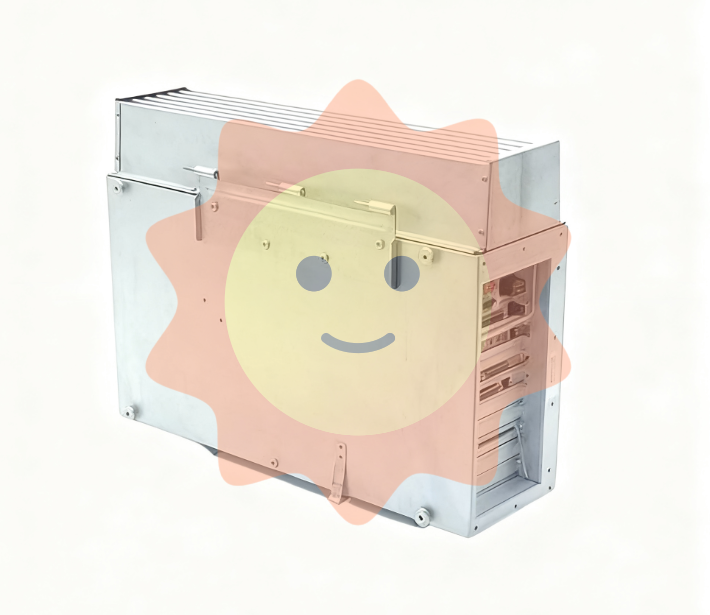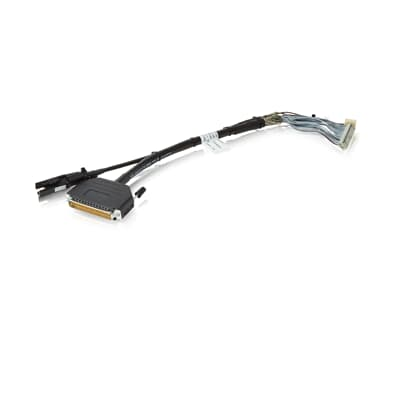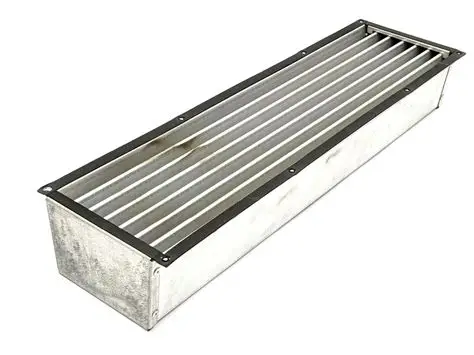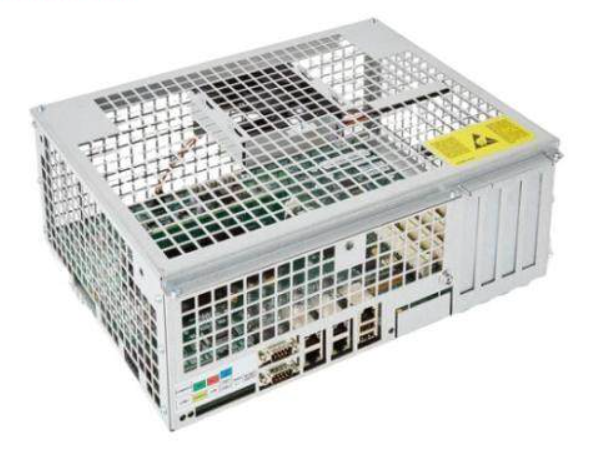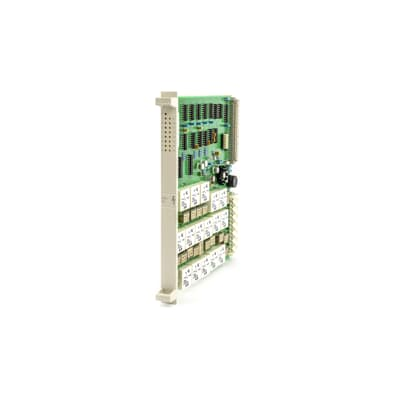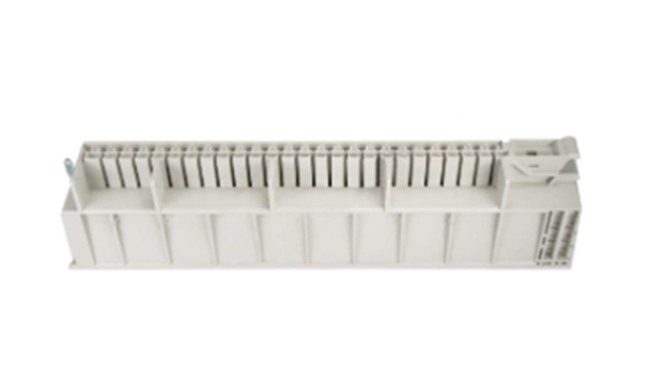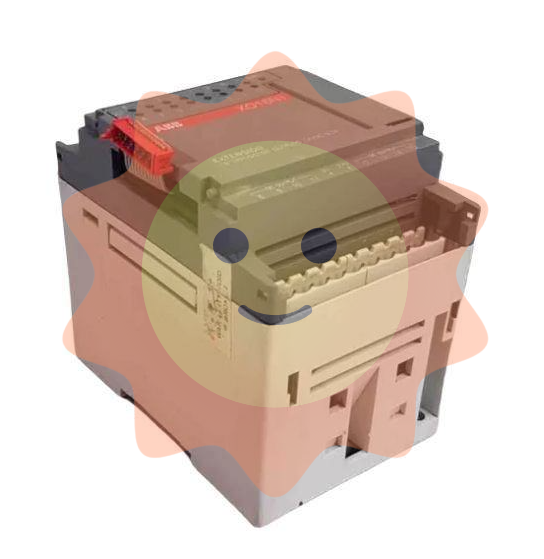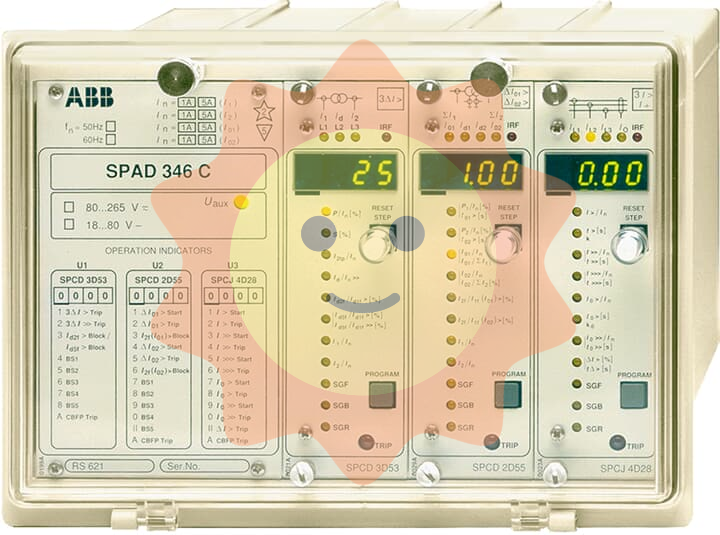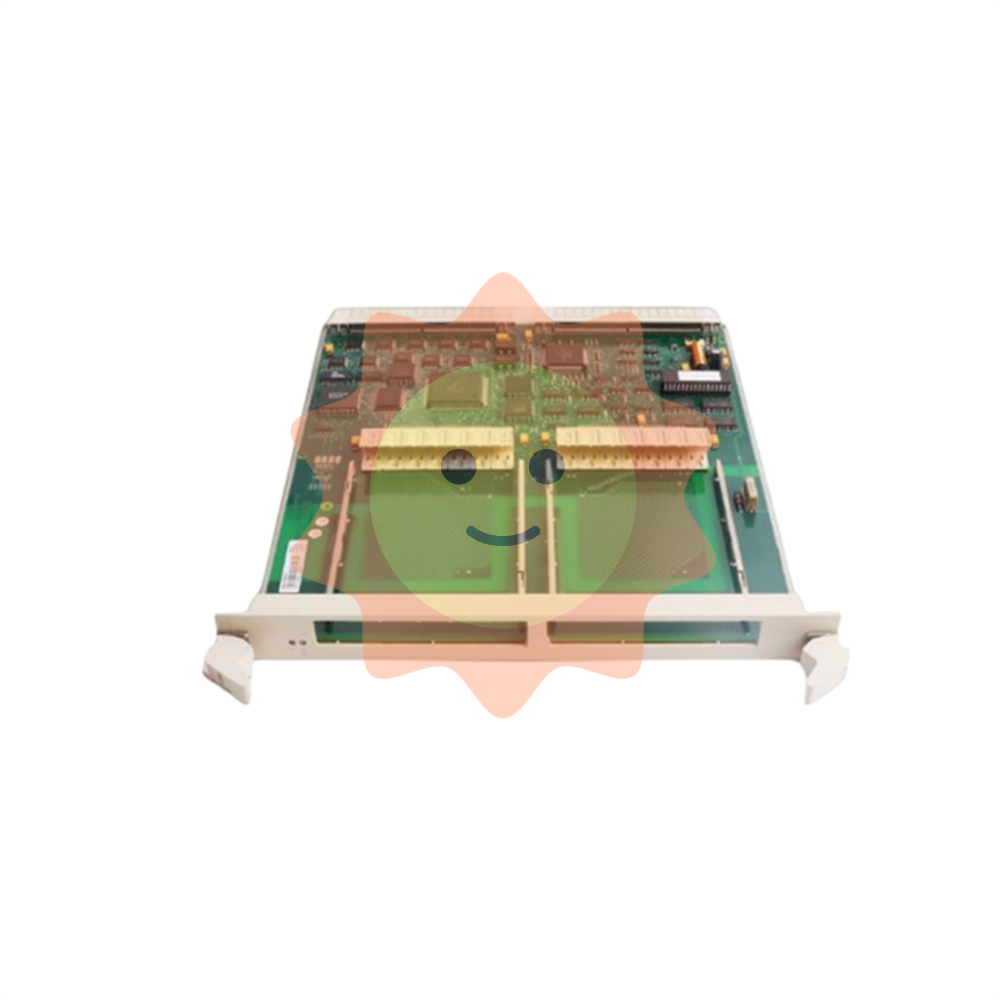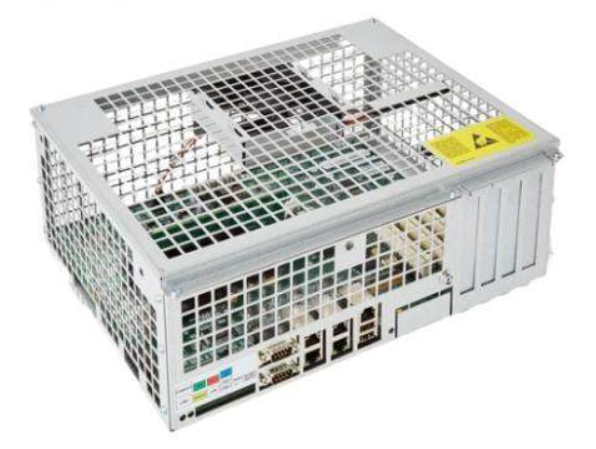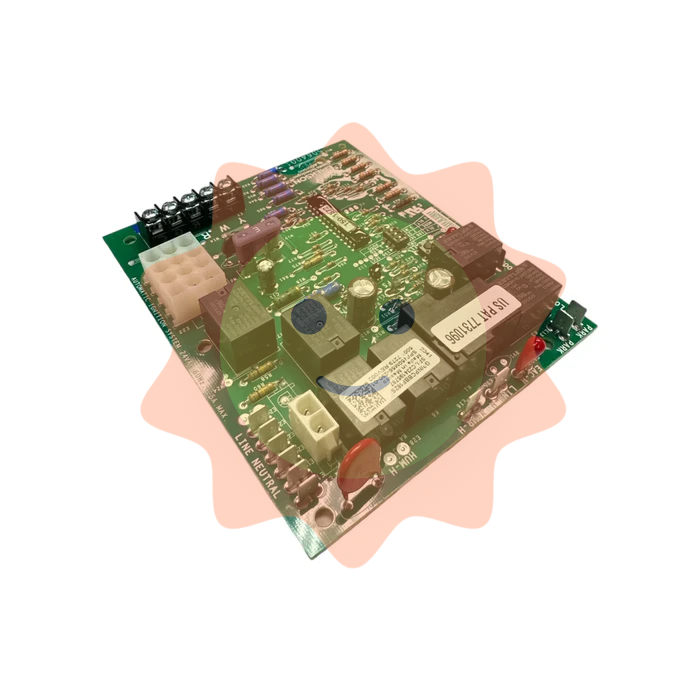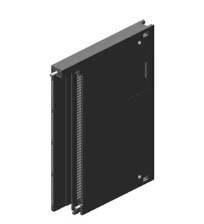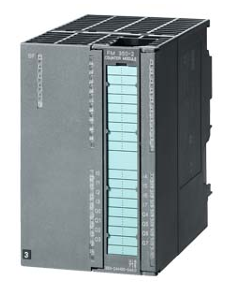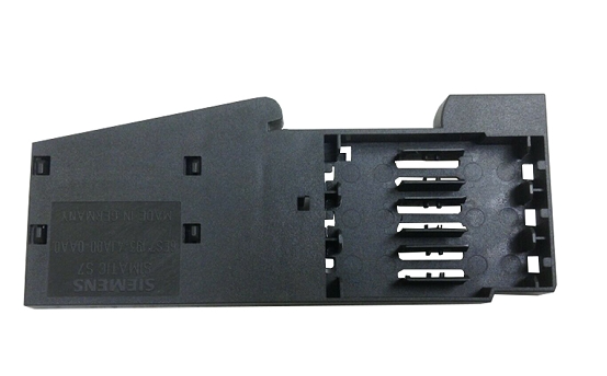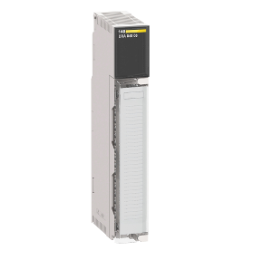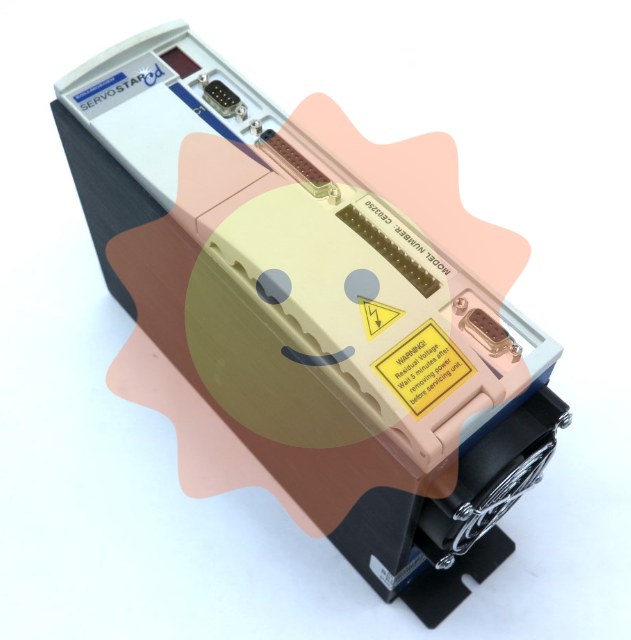Record of ultra-deep oil and gas exploration and development in Tarim Oilfield
In April 1989, Tarim Petroleum Exploration and Development Headquarters was established in Korla, Pear City, where more than 20,000 oil troops gathered and launched a new type of oil battle.
In the new century, oil and natural gas business in Tarim Oilfield have been carried out simultaneously, and a number of large and medium-sized gas fields have been discovered, which has promoted the construction and operation of the west-east gas transmission project. In 2008, the output of oil and gas equivalent exceeded 20 million tons.
To the deep
In the past, shallow resources with low difficulty and low development cost have always been the focus of oil and gas exploration and development. With the middle and shallow oil and gas resources entering the middle and late stage of development, as well as the continuous progress of geological theory and engineering technology, ultra-deep oil and gas has become an important global replacement energy.
As for the division of oil and gas exploration depth, there is no clear and unified definition at home and abroad, which is usually related to geological characteristics, exploration difficulty, exploration cost and other factors. For the central and western basins, the burial depth is generally 4500 meters as the deep boundary, and 6000 meters as the ultra-deep boundary.
Go deep! Global ultra-deep oil and gas exploration, which began in the 1980s, entered a rapid development stage in the early 21st century, as it became increasingly difficult to find large oil and gas reservoirs in the middle and shallow layers.
Jia Chengzao, a petroleum geology and structural geologist and academician of the Chinese Academy of Sciences, believes that with the deepening understanding of underground, the idea of "deep reservoirs are poor" has become obsolete.
As it turns out, it is. The Tarim Basin is the largest deep oil and gas rich area in China, accounting for 83.2% and 63.9% of the country's oil and gas resources buried more than 6000 meters deep, respectively.
However, a deep path is difficult.
The road to deep exploration has been bumpy. The west-east gas transmission has brought great development of natural gas in Tarim oilfield. However, since Kela 2, Dina 2, Tarim oilfield has never made a big breakthrough in the depth of 6000 meters. The exploration of ultra-deep oil and gas at depths of 6,000 meters has also been repeatedly frustrated.

Drilling exploration Wells is like opening a blind box, but opening a super-deep blind box costs at least tens of millions of yuan, or even hundreds of millions of yuan. In the isolated Gobi desert, fighting for hundreds of days, if an empty box is opened, the drilling man is deeper than the well of despair, the explorer is greater than the mountain pressure.
Only when the theoretical support of oil and gas is found in geology, it is possible to produce oil and gas fields. Faced with 560,000 square kilometers of desert Gobi, cliff shoals, like looking for a needle in a haystack, where to find oil and gas?
Every great development of petroleum industry is inseparable from the advance of geological theory.
"At that time, many rounds of attempts were frustrated, and the big scene we have long yearned for never appeared." We realised we had to rethink our exploration thinking and take a revolutionary approach." Tarim oilfield enterprise expert Yang Wenjing said.
When she graduated from Tongji University in the early 1990s, she brought with her book knowledge. After organizing and directing multiple rounds of risk exploration well demonstration and discovering multiple new exploration areas, she has accumulated a lot of practical experience.
According to the traditional anticlinal oil exploration theory, they successively obtained high-yield oil flow in the depth of about 5000 meters in Lunnan, Yingmai and Tazhong three uplift areas, but then the overall anatomy of Lunnan anticline was frustrated, and the deep exploration fell into the dilemma of "discovery, no reserves, no production".
Wearing thick black-rimmed glasses and with short hair, Ms. Yang described the difficult process of "thwarting - breaking - reshaping - breaking - reshaping" as a subversive understanding of knowledge and experience, tantamount to a reshaping of the soul.
"Conception is the soul of exploration. It is completely crossing the river by feeling the stones. There are no similar oil and gas fields and mature theories in other basins at home and abroad, so we can only explore and innovate in practice." Yang Wenjing said.
Traps, which are places where oil and gas are gathered and preserved underground, are the haunt of explorers.
From 2005 to 2007, they creatively carried out the "wide line + large combination" 2D seismic research in the Crasu tectonic belt, which also achieved a qualitative leap in the quality of seismic data, and discovered and implemented a number of ultra-deep traps.
With the remarkable improvement of the imaging quality in the complex structure area, the mystery of Keshen structure is revealed layer by layer. A series of subversive geological theories have overcome the structural modeling problems in ultra-deep and complex areas, and provided theoretical support for the discovery of ultra-deep giant gas fields.
- EMERSON
- Honeywell
- CTI
- Rolls-Royce
- General Electric
- Woodward
- Yaskawa
- xYCOM
- Motorola
- Siemens
- Rockwell
- ABB
- B&R
- HIMA
- Construction site
- electricity
- Automobile market
- PLC
- DCS
- Motor drivers
- VSD
- Implications
- cement
- CO2
- CEM
- methane
- Artificial intelligence
- Titanic
- Solar energy
- Hydrogen fuel cell
- Hydrogen and fuel cells
- Hydrogen and oxygen fuel cells
- tyre
- Chemical fiber
- dynamo
- corpuscle
- Pulp and paper
- printing
- fossil
- FANUC
- Food and beverage
- Life science
- Sewage treatment
- Personal care
- electricity
- boats
- infrastructure
- Automobile industry
- metallurgy
- Nuclear power generation
- Geothermal power generation
- Water and wastewater
- Infrastructure construction
- Mine hazard
- steel
- papermaking
- Natural gas industry
- Infrastructure construction
- Power and energy
- Rubber and plastic
- Renewable energy
- pharmacy
- mining
- Plastic industry
- Schneider
- Kongsberg
- NI
- Wind energy
- International petroleum
- International new energy network
- gas
- WATLOW
- ProSoft
- SEW
- wind
- ADVANCED
- Reliance
- YOKOGAWA
- TRICONEX
- FOXBORO
- METSO
- MAN
- Advantest
- ADVANCED
- ALSTOM
- Control Wave
- AB
- AMAT
- STUDER
- KONGSBERG
- MOTOROLA
- DANAHER MOTION
- Bently
- Galil
- EATON
- MOLEX
- Triconex
- DEIF
- B&W
- ZYGO
- Aerotech
- DANFOSS
- KOLLMORGEN
- Beijer
- Endress+Hauser
- MOOG
- KB
- Moxa
- Rexroth


Email:wang@kongjiangauto.com



